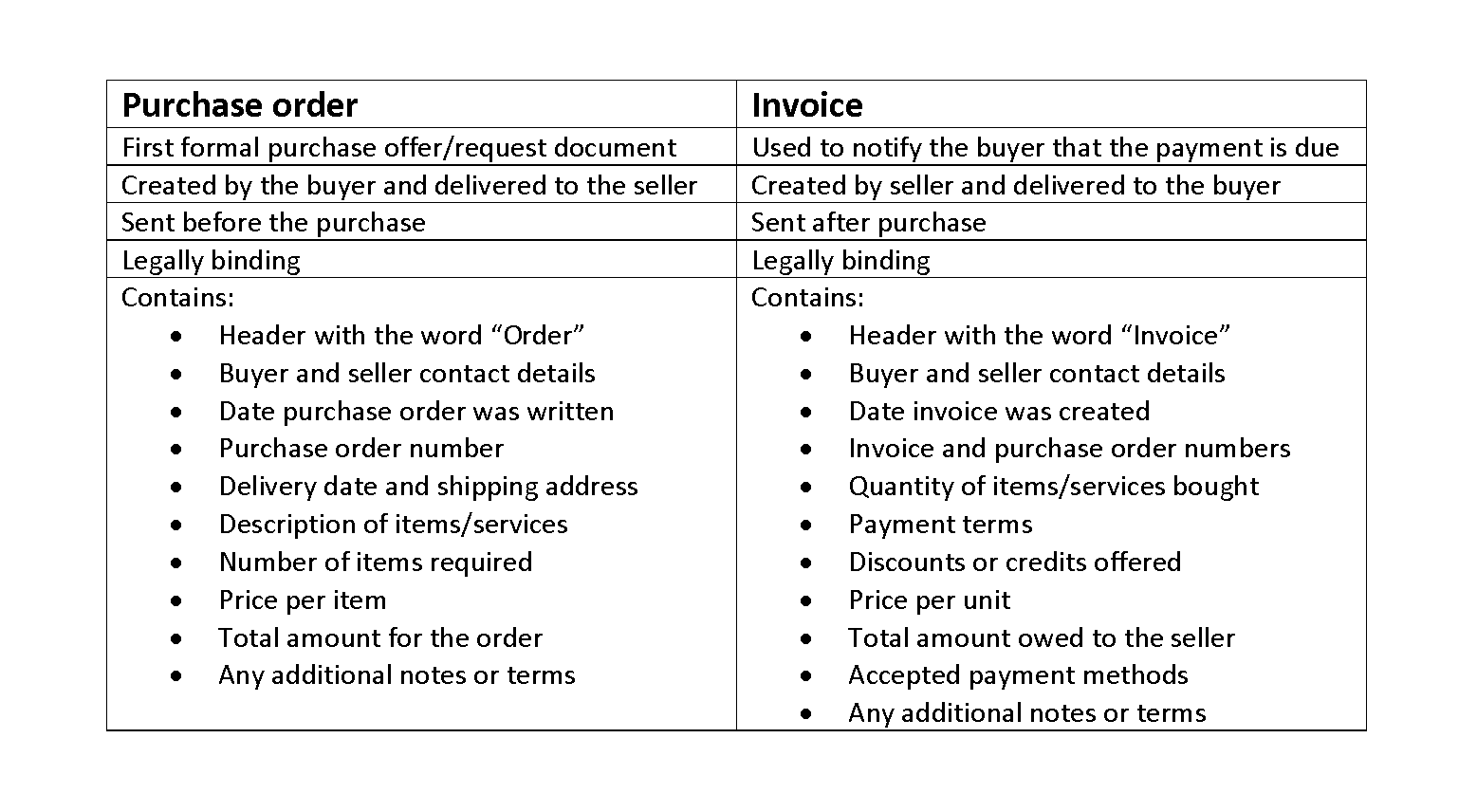Content

On the other hand, the net profit per unit may increase/decrease non-linearly with the number of units sold as it includes the fixed costs. However, the ink pen production will be impossible without the manufacturing machine which comes at a fixed cost of $10,000. This cost of machine represents a fixed cost as its charges do not increase based on the units produced. Such fixed costs are not considered in the contribution margin https://www.bookstime.com/ calculations. A 45% C/M ratio means each dollar of sales revenue contributes $ 0.45 towards the recovery of fixed costs first and then the realization of profits. The key to using the formula above is to find only the revenue that comes from sales of a specific product or product line, along with that product’s specific variable costs. This can be a little harder to parse out than simply looking at an income statement.
What is contribution per unit formula?
Thus, the calculation of contribution per unit is: (Total revenues – Total variable costs) ÷ Total units = Contribution per unit.
To build on the per-unit contribution margin metric, business owners can also find their contribution margin ratio. The benefit of ratios is that they take dollar amounts out of the picture, allowing you to compare product margins side by side—without taking sales volume into account. The total revenue is equal to total expenses, and fixed expenses equal the contribution margin. For example, a company sells $1,000,000 worth of guitars in the most recent period. In this scenario, if a product has a per unit variable cost of $10, with a per-unit sales price of $100, there is a variable expense ratio of .1, or 10%.
Contribution Margin Calculator
You must sell 12,728 units during the year to cover all of your expenses. Contribution margin ratio is an important input in calculation of break-even point, which is the level of sales at which a business is neither making profit nor incurring loss. It is the point at which a company breaks even, i.e. its total costs equal total sales. Contribution margin ratio is the ratio of contribution margin to sales. It is calculated by dividing the excess of sales over variable costs with sales. Before calculating your contribution margin, you need to be clear about which costs are variable and which ones are fixed.
This metric essentially shows you how much money you’ll earn on each sale, once the cost of producing that item has been subtracted. The two primary variables here are net sales and variable costs, both of which can be found on an income statement. The contribution margin income statement presents the same net income figure as a traditional income statement. However, the contribution margin income statement is not in accordance with Generally Accepted Accounting Principles , the set of rules companies must use for external reporting. Managers can internally use a contribution margin income statement to better understand their own companies’ operations.
What Is Contribution Margin?
You may also look at the following articles to enhance your financial skills. That means $130,000 of net sales, and the firm would be able to reach the break-even point. In situations where there’s no way we can know the net sales, we can use the above formula to find out the contribution. Products with a low or negative contribution margin should likely be discontinued, but there are circumstances where analysis beyond this metric should be reviewed further. The Revenue is the sales made from all coffees sold in March which is $10,000.

Fixed costs are production costs that remain the same as production efforts increase. Other examples include services and utilities that may come at a fixed cost and do not have an impact on the number of units produced or sold. For example, if the government offers unlimited electricity at a fixed monthly cost of $100, then manufacturing 10 units or 10,000 units will have the same fixed cost towards electricity. The percentage of contribution to the total sales is referred to as the C/M ratio. The division between fixed and variable costs can depend largely on your business. A consulting business with a traditional office space may consider the water bill, for example, a fixed cost. But a dog grooming business that uses water to provide their service would almost certainly consider the water bill a variable cost.
CHEGG PRODUCTS AND SERVICES
He has worked more than 13 years in both public and private accounting jobs and more than four years licensed as an insurance producer. His background in tax accounting has served as a solid base supporting his current book of business. The value that results from dividing the total variance of a data set by its degrees of freedom.
- Profit margin is the amount of revenue that remains after the direct production costs are subtracted.
- For example, a company sells $1,000,000 worth of guitars in the most recent period.
- An increase in the contribution margin ratio is always more desirable than a decrease.
- Pearson’s product moment correlation coefficient , often simply called “the” correlation coefficient in statistics, is a measure of the linear dependence between two variables.
- The logic behind this idea is that managers can only control a variable portion of the cost.
- Companies that sell products or services that generate higher profit with lower fixed and variable costs have very good operating leverage.
The contribution margin measures how efficiently a company can produce products and maintain low levels of variable costs. It is considered a managerial ratio because companies rarely report margins to the public. Instead, management uses this calculation to help improve internal procedures in the production process. The contribution margin represents the portion of a product’s sales revenue that isn’t used up by variable costs, and so contributes to covering the company’s fixed costs. For instance, to run a production area there is a minimum number of personnel required who are not directly affected by the production.
What Risk Management Is and Why It’s Important
Profit margin is the amount of revenue that remains after the direct production costs are subtracted. Contribution margin is a measure of the profitability of each individual product that a business sells. The concept of contribution margin is applicable at various levels of manufacturing, contribution margin ratio business segments, and products. It provides one way to show the profit potential of a particular product offered by a company and shows the portion of sales that helps to cover the company’s fixed costs. Any remaining revenue left after covering fixed costs is the profit generated.
Is contribution margin the same as profit?
Gross profit margin measures the amount of revenue that remains after subtracting costs directly associated with production. Contribution margin is a measure of the profitability of various individual products.
You can also do this calculation with totals over a certain period of time. If the total variable costs of production are $1,000 per month, and the total generated revenue per month is 20,000, then the variable expense ratio in this situation is .05 or 5%. Contribution margin is the revenue that is generated beyond what is necessary to cover the variable costs of production, such as materials and non-salaried labor costs. It can also include the firm’s profit if the amount exceeds the total amount of the fixed costs. Contribution margin is the portion of a product’s revenue that exceeds the variable cost of producing that product and generating that revenue. It is an accounting term that helps business owners and managers track product profitability. The contribution margin is important to understand because it shows how much of a product’s revenue is available to cover fixed costs and contribute to the firm’s profit.
